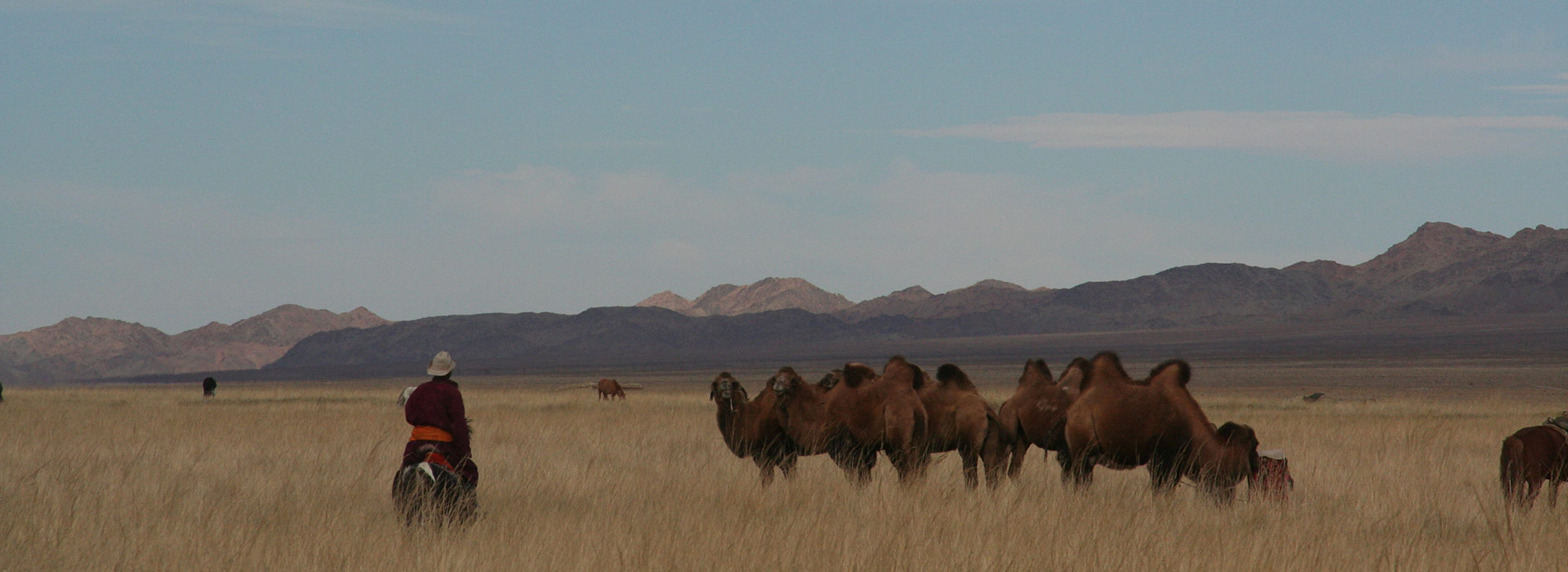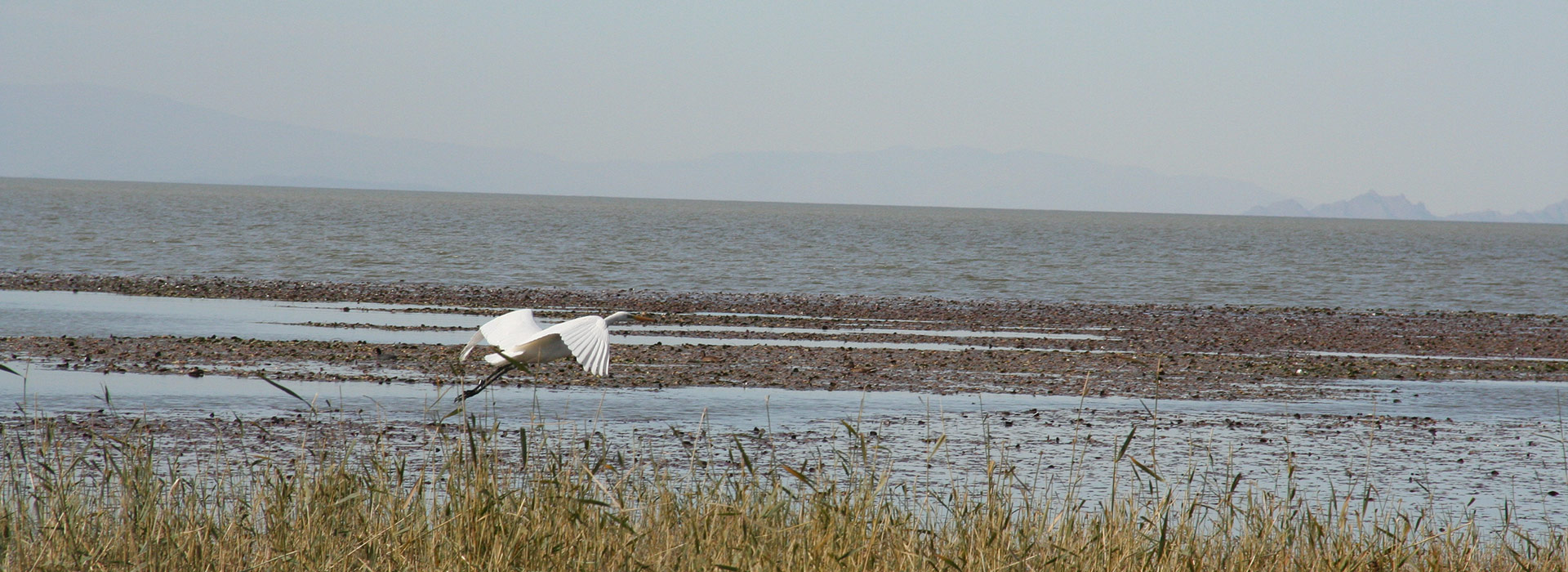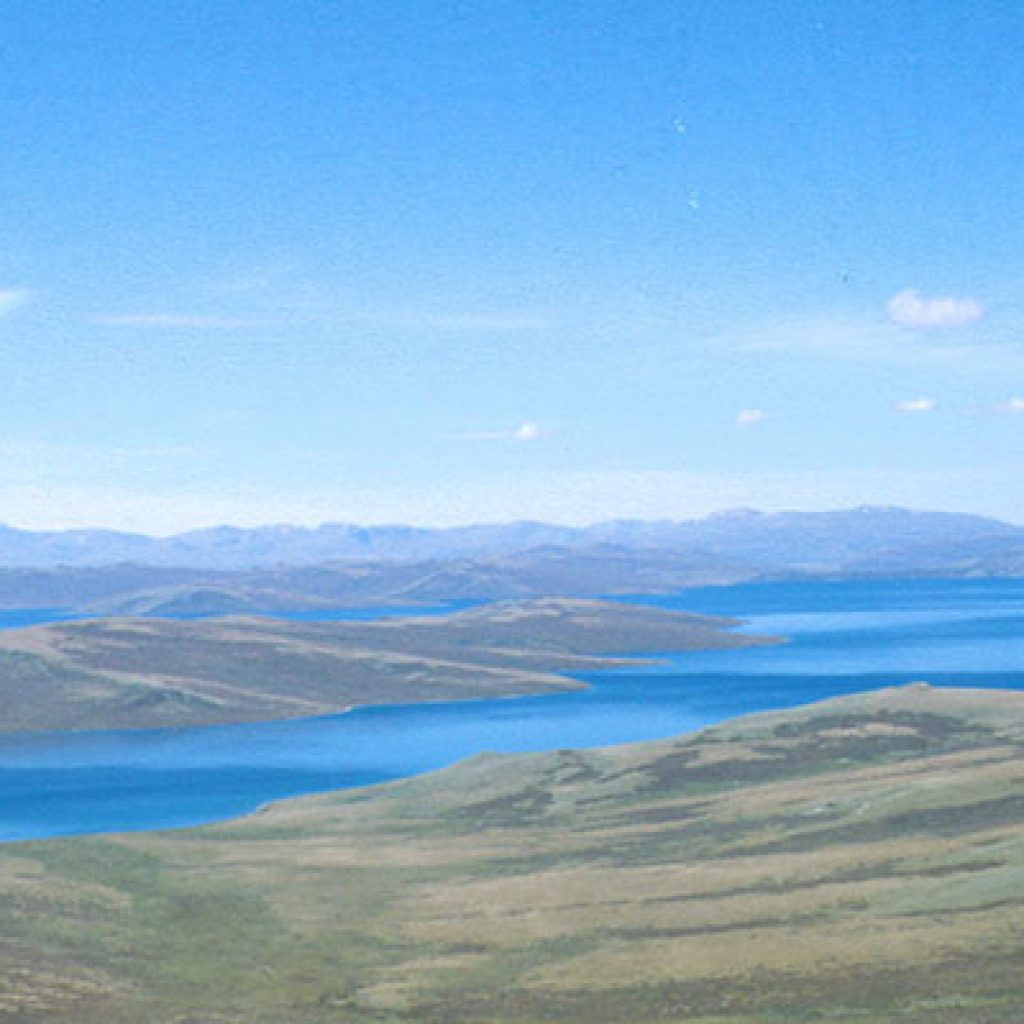Great lakes Basin
Khar Us Lake
The main lakes are Khar Us Lake, Khar Lake and Dörgön Lake. The national park was established in 1997, and then designated as a Ramsar (wetland of international significance) site in 1999. The lakes have the largest reed beds in Central Asia. Surrounded by desert landscapes, it is surprising to find that rare wild boars can survive in the reeds. Saiga antelope, though rare, have increased in later years, migrating through the park. Nearby Jargalant Hairkhan Mountain have Snow Leopards, Argali Sheep and Siberian Ibex. The mammals are, however, difficult to observe. For this reason, the many species of birds, the landscape and encounters with local nomads are the main attractions here.
The avifauna include Black-throated Divers, Arctic Loon, Red-crested Pochard, Swan Goose, Relict Gull, White-headed Duck, Pallas’s Fish Eagle, Dalmatian Pelican, Great Cormorant, Great Sand Plover and Great Egrets, observable by the lake sides and straits. On Jargalant Hairhan Mountain you have a reasonably good chance of seeing Wallcreeper, White-Throated Bush-Chat, Eurasian and Cinereous Vulture, Lammergeier, Chukar, Altai Snowcock, Solden Eagle and Steppe Eagle.
Approximately 20 000 people live in and adjacent to Khar Us Lake National Park. Most are nomads with some 200 000 livestock. Their migrations here may cover a fairly long distance, as precipitation is on average only 120 mm per annum and sometimes as little as 70 mm. Also, the lakeside has too many mosquitoes in the summer, why the herders usually take their livestock to higher altitudes.
The people of Chandmani soum claim that Hoomi (throat singing) originated in their area. Chandmani is located east of Jargalant Hairkhan Mountain. The water run-off from the mountain creates unusual habitats with birch groves on an otherwise arid desert steppe. Further east you will find Dörgön Lake, which is a salt and alkaline lake, having no outlets. As such, it supports just sparse vegetation why there are no mosquitoes (as do the other lakes in July and August). Mongolia’s biggest sand dunes – Mongol Sands – end abruptly on the eastern shore of the lake, creating a Mongolian Riviera of sand beaches.
Nomadic Journeys has partnered with a community group in Chandmani soum to host our visitors. They, in turn, work with the WWF Mongolia and International Snow Leopard Trust efforts through Irbis Enterprises to develop and sell handicrafts.
Hovd is the main town of western Mongolia, having already been established in Manchu times as a trading post. Today, you can fly here in a couple of hours from Ulaanbaatar and land on the only tarmac airfield in western Mongolia. Khovd also has one of few universities outside Ulaanbaatar. On the west side of Khovd are the Hökh Serkhiin (Blue Goat) Mountains, a national park in the Altai Mountains which hosts all the Altai mammals, including Snow Leopards, Argali Sheep and Siberian Ibex.
To the east of Khar Us Lake National Park, in the buffer zone, is another unique release site for Przewalskii’s Horse (Equus przewalskii), a fenced reserve next to the Zavkhan River which flows through and next to sand dunes. The conservation project has great success by Takhi Association of France, with a resident French biologist and Mongolian rangers at all times.
How to travel there:
There are flights from Ulaanbaatar to Khovd, during summer, most days of the week. Nomadic Journeys has partnered with WWF Mongolia to work with community enterprise Altain Nuudelchin for Khar Us Lake National Park and Altan Hökhii Mountain, which is included on Altai Mountains, Great Lakes and Sands itinerary. It is designed for individuals no more than six people travelling together, where we offer private ger camp accommodation in a 360 degree landscape.
Related regions
What our guests say
Lorem Ipsum is simply dummy text of the printing and typesetting industry.






